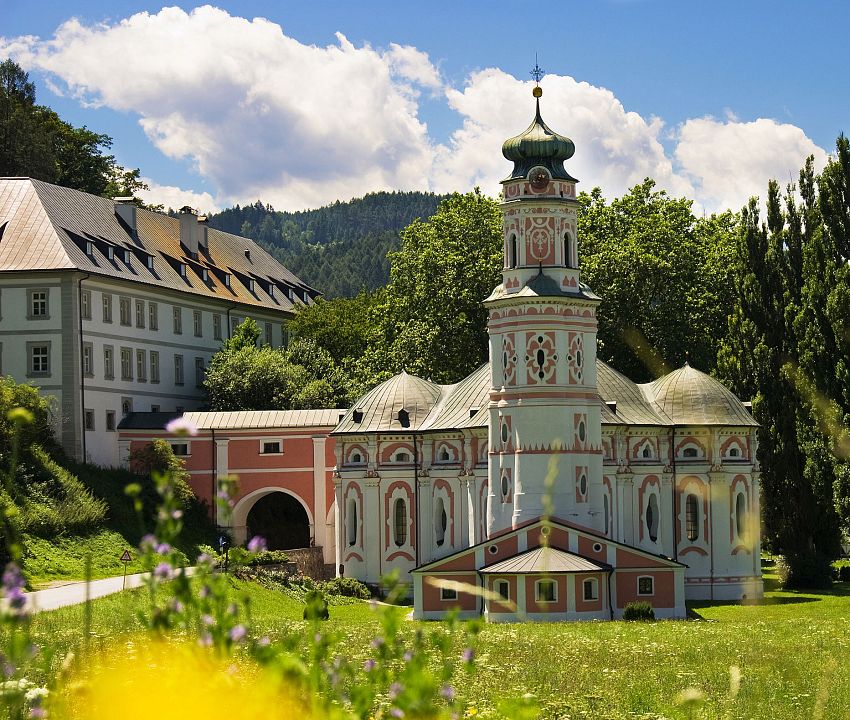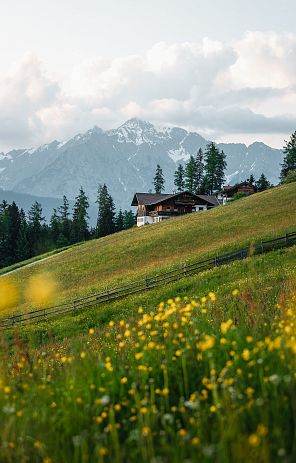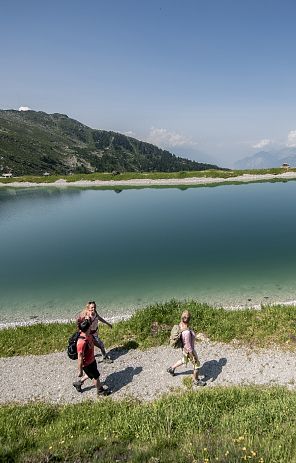Thomas of Olera. Capuchin priest in Tyrol
Thomas of Olera (also known as Fra Tommaso or Brother Thomas) lived from 1563 to 1631 and came from Olera in the Lombardy Alps. As a child, he was a shepherd and the only education he received was from his mother, who taught him in the evenings. He joined the Capuchin order at the age of 17. He later went to North Tyrol with some of his confreres to spread the Capuchin Order in the German-speaking region. For 30 years, Thomas von Olera campaigned for reconciliation and against the division of the faith in Tyrol, which earned him the name "Holy Brother of Tyrol". He is buried in the Capuchin Church in Innsbruck and was beatified in Bergamo on September 21, 2013.
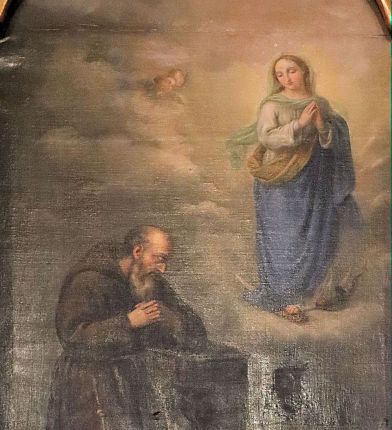
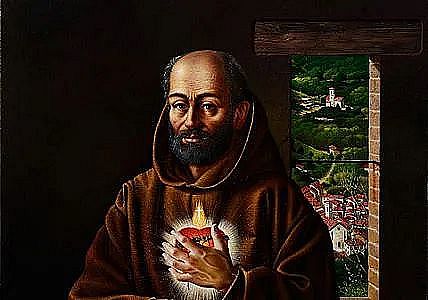
Working and living in the region
In 1593, Archduke Ferdinand IL (1529-1595) founded the Capuchin monastery in Innsbruck, and in 1594 Auxiliary Bishop Georg Benigni of Brixen consecrated the church in honor of St. Francis. In 1606, the General Commissariat of Tyrol was elevated to a province. The sovereign knew the Capuchins of Rovereto and wanted to settle them in Innsbruck. At the same time, the Servites (Servi di Maria) also celebrated their arrival in Innsbruck. Brother Thomas is said to have been present in the Alpine town on the Inn River when the province was founded.
Politically speaking, it was a very turbulent time due to great tensions and fierce disputes over faith. Many salt workers in Hall and miners in Schwaz professed the Protestant church according to the Augsburg Confession. The Lutheran doctrine spread, especially in the Inn Valley. The Habsburg rulers, the nobility loyal to the emperor, the Jesuit priests and the rapidly expanding Capuchin order fought for the Catholic faith. In the imperial-royal convent in Hall, founded in 1567 by Archduchess Magdalena (1532-1590), a sister of Emperor Ferdinand IL, lived the two daughters of Archduke Charles IL, Maria Christerna (1574-1621) and Eleonora (1582-1620). In several letters, Brother Thomas exhorted these two ladies to be faithful and love God. Brother Thomas was also in correspondence with the three daughters of Emperor Ferdinand IL, Magdalena, Helene and Margareta. Brother Thomas also maintained friendly relations with Prince Leopold V. For him, Brother Thomas was the "mystic of the Catholic reform", the "spiritual director" at the princely court in Innsbruck. Leopold and his wife Claudia von Medici allowed the Capuchin friar "to come to the residence at any time of the day". The prince often visited the poor monastery cell of the pious friar.
Beatification 2013
In 2000, the Bishop of Bergamo wrote a letter to the Pope asking that Fra Tommaso be included in the list of the Blessed. The solemn removal of Thomas of Olera's relics from the burial niche in the Capuchin church in Innsbruck took place before Easter 2012. Thomas von Olera worked as a pastor and preacher in Innsbruck for the last 13 years of his life. He was beatified in Bergamo on September 21, 2013.
The remains of Thomas of Olera are buried in the Capuchin Church in Innsbruck. His grave can be visited at any time.
Registration under +43 (0)512/584914
Capuchin Church
Kaiserjägerstrasse 6
6020 Innsbruck
